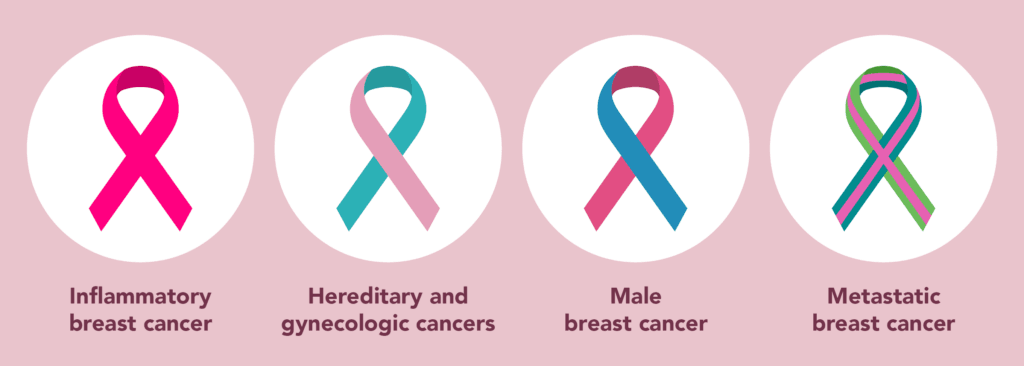Access to quality healthcare is a fundamental aspect of societal well-being, and countries around the world continually strive to enhance their healthcare systems to meet the evolving needs of their populations.
In this article, we delve into the concept of the best healthcare system, examining key metrics, innovations, and approaches that define excellence in healthcare delivery. From universal coverage to preventive care initiatives, we explore what sets apart the world’s leading healthcare systems and the lessons they offer for global health.
Switzerland Healthcare Systems:
- A universal healthcare system with mandatory health insurance for all residents.
- Citizens can choose their insurance provider from a range of private insurers.
- High quality of care with a strong emphasis on patient choice and access.
- Healthcare costs are relatively high compared to other countries.
- Well-developed healthcare infrastructure with modern facilities and technologies.
Contrast with Pakistan:
- Pakistan’s healthcare system is predominantly public-sector driven, with private healthcare also playing a significant role.
- Access to quality healthcare services is limited, particularly in rural areas.
- The lack of universal health coverage leads to financial barriers for many citizens.
- Insufficient healthcare infrastructure and resources compared to Switzerland.
Germany Healthcare Systems:
- Also operates under a universal healthcare system with mandatory health insurance.
- Mix of public and private healthcare providers.
- Strong emphasis on preventive care and comprehensive coverage.
- Funding through social health insurance contributions.
- A well-regulated system with high standards of care.
Contrast with Pakistan:
- Similar to Switzerland, Pakistan’s healthcare system is characterized by a mix of public and private providers but with less emphasis on insurance coverage.
- Germany’s healthcare infrastructure and resources are more advanced than those of Pakistan.
- Germany has a more comprehensive system of preventive care and health promotion.
Finland:
- The universal healthcare system is funded primarily through taxation.
- Emphasis on equality and accessibility of healthcare services.
- Publicly funded healthcare with private sector complementing services.
- Strong focus on primary care and preventive services.
- A well-integrated healthcare system with electronic health records.
Contrast with Pakistan:
- Pakistan’s healthcare system lacks the comprehensive coverage and accessibility provided by Finland’s universal healthcare system.
- Finland’s emphasis on preventive care and primary healthcare services contrasts with Pakistan’s focus on curative care.
Norway Healthcare Systems:
- Universal healthcare system funded through taxation.
- Publicly funded healthcare with a strong emphasis on equity and accessibility.
- High-quality healthcare services with a focus on patient outcomes.
- Comprehensive coverage, including preventive, curative, and rehabilitative services.
- A well-regulated healthcare system with high standards of care.
Contrast with Pakistan:
- Pakistan’s healthcare system lacks the comprehensive coverage and high standards of care seen in Norway.
- Norway’s emphasis on equity and accessibility contrasts with Pakistan’s challenges in providing adequate healthcare access to all citizens.
Netherlands:
- The universal healthcare system is based on mandatory health insurance.
- A mix of public and private healthcare providers.
- Standardized benefits package ensures comprehensive coverage for all citizens.
- A well-regulated system with high-quality care.
Contrast with Pakistan:
- Similar to other European countries mentioned, the Netherlands offers more comprehensive coverage and better access to healthcare services compared to Pakistan.
- The Netherlands’ emphasis on preventive care and primary healthcare contrasts with Pakistan’s healthcare system, which faces challenges in providing basic services to all citizens.
Also Read about the Best Healthcare Institutes of Pakistan
Singapore:
- The healthcare system is characterized by a mix of public and private healthcare providers.
- A mandatory savings scheme known as Medisave, where individuals contribute a portion of their income to cover healthcare expenses.
- Medishield Life, a government-run insurance scheme, provides basic health coverage for all citizens and permanent residents.
- Emphasis on cost-effective healthcare delivery and efficiency.
- A well-regulated system with high standards of care and strong healthcare infrastructure.
Contrast with Pakistan:
- Singapore’s healthcare system is known for its efficiency, affordability, and high-quality care, which contrasts with the challenges faced by Pakistan’s healthcare system.
- Singapore has achieved universal health coverage through innovative financing mechanisms and a strong focus on primary care, while Pakistan’s healthcare system struggles with accessibility and affordability issues.
- Singapore’s emphasis on preventive care and cost-effective healthcare delivery contrasts with Pakistan’s predominantly curative-focused healthcare systems.
Though Pakistan healthcare system has made significant advances to become efficient, the difference mentioned above will help us to promote better health outcomes for all.
What makes the best Healthcare systems?
- Universal Health Coverage (UHC): Implementing a system to ensure all citizens have access to essential healthcare without financial hardship.
- Primary Healthcare Strengthening: Investing in basic healthcare services to reduce the burden on higher-level facilities and promote preventive care.
- Health Infrastructure Development: Upgrading and expanding healthcare facilities, particularly in underserved areas.
- Health Workforce Development: Addressing shortages of healthcare professionals, particularly in remote areas, through training and incentives.
- Health Information Systems: Implementing robust systems for data collection, monitoring, and evaluation.
- Public Health Promotion: Initiatives to prevent diseases and promote healthy lifestyles.
- Regulatory Framework Strengthening: Establishing and enforcing standards for quality of care, patient safety, and accountability.
- Community Engagement: Involving communities in healthcare decision-making and planning.
- Health Financing Reforms: Mobilizing resources, improving financial protection, and enhancing efficiency.
- Research and Innovation: Investing in medical research and innovation to drive improvements in treatment and practices.
Conclusion The Best Healthcare Systems in the World
The pursuit of excellence in healthcare systems is not merely about achieving a high rank in global comparisons but about creating environments where individuals can access high-quality care, regardless of their background or circumstances.
As we’ve explored the rankings and nuances of healthcare systems worldwide, it becomes evident that there is no one-size-fits-all approach to success. Instead, excellence in healthcare emerges from a combination of factors, principles, and actions that prioritize the health and well-being of populations.
Join Cure and Craft:
Calling all healthcare professionals, medical students, and writers! Share your insights, experiences, and knowledge on our platform. Let’s craft informative articles together, shaping the future of healthcare. Connect, inspire, and enlighten our audience.





